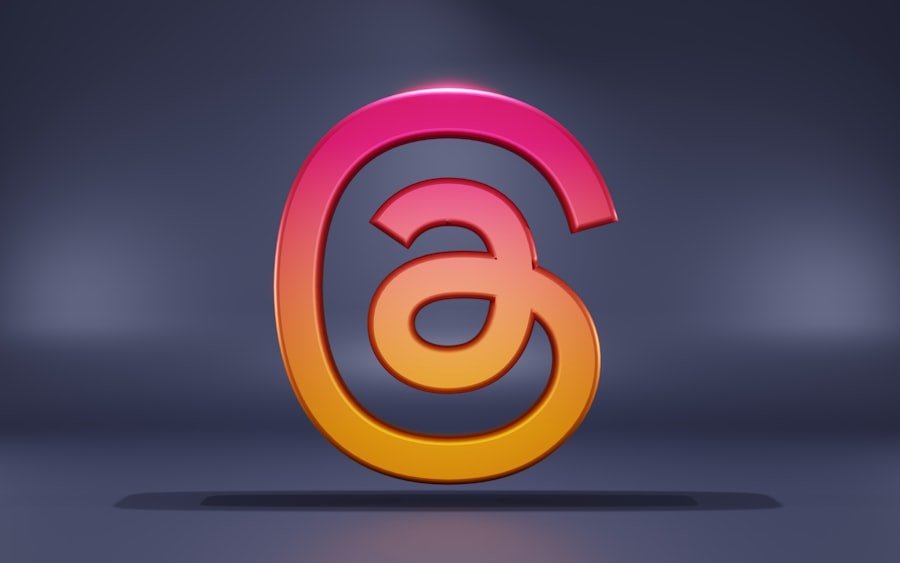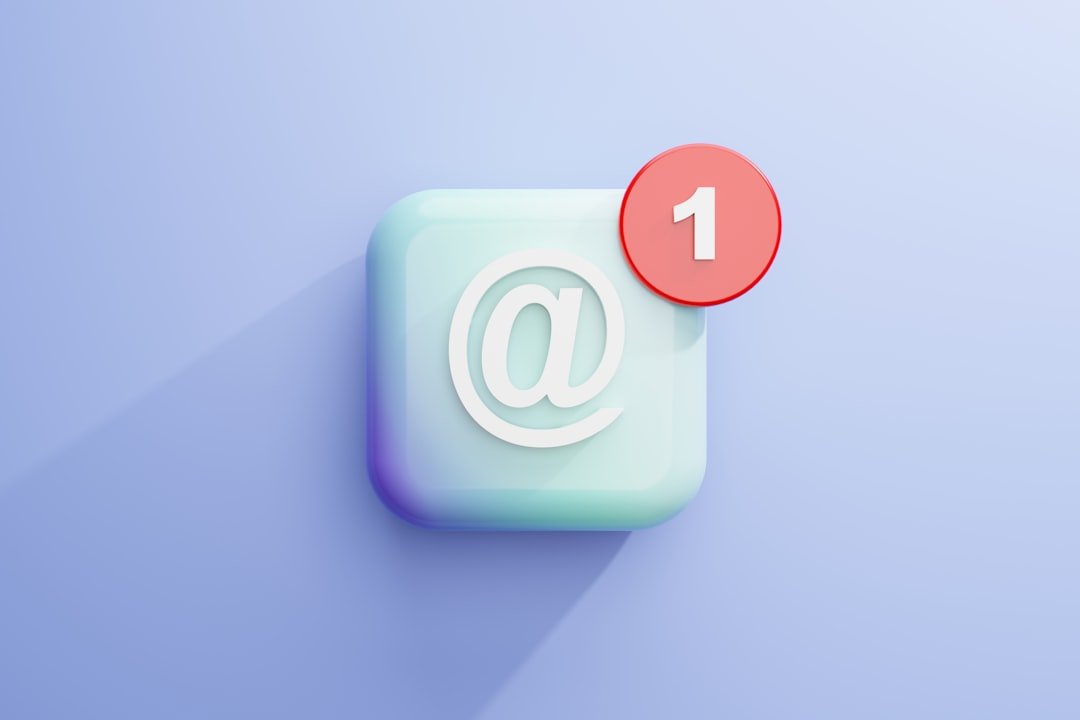In the crowded digital landscape, first impressions matter more than ever. A welcome email series serves as your brand’s handshake, setting the tone for the relationship you will build with your subscribers. Research shows that welcome emails have an average open rate of 82%, significantly higher than standard email campaigns.
This statistic underscores the importance of this initial communication; it’s not just an introduction but a pivotal moment that can influence customer engagement and retention. A well-crafted welcome email series does more than greet new subscribers; it lays the groundwork for future interactions. It’s an opportunity to convey your brand’s values, showcase your offerings, and guide recipients through their journey with you.
By strategically planning this series, you can enhance customer loyalty and drive conversions, ultimately leading to increased revenue. In essence, a welcome email series is not merely a formality; it’s a strategic asset that can yield substantial returns when executed effectively.
Key Takeaways
- A welcome email series is important for engaging new subscribers and setting the tone for your brand.
- Setting clear goals for your welcome email series will help you focus on what you want to achieve with each email.
- Craft a compelling welcome email by using a strong subject line, clear message, and engaging visuals.
- Personalize your welcome email content to make new subscribers feel valued and understood.
- Create a consistent brand experience in your welcome email series to reinforce your brand identity and build trust with subscribers.
Setting Clear Goals for Your Welcome Email Series
Before diving into the creative aspects of your welcome email series, it’s crucial to establish clear, measurable goals. What do you want to achieve? Whether it’s increasing product awareness, driving traffic to your website, or encouraging social media follows, having defined objectives will guide your content and design choices.
For instance, if your goal is to boost product awareness, your emails should focus on highlighting key features and benefits of your offerings. Moreover, aligning your goals with broader marketing strategies can amplify the impact of your welcome series. If your company is launching a new product line, for example, your welcome emails can serve as a platform to introduce these products to new subscribers.
By integrating your welcome email strategy with overarching business objectives, you ensure that every message contributes to a cohesive narrative that resonates with your audience.
Crafting a Compelling Welcome Email

The first email in your welcome series is critical; it sets the stage for everything that follows. To craft a compelling welcome email, start with an engaging subject line that piques curiosity and encourages opens. Consider using personalization techniques, such as including the subscriber’s name or referencing their interests based on their sign-up information.
This small touch can significantly increase engagement rates. Once the email is opened, the content must deliver on the promise of the subject line. Use a friendly tone that reflects your brand’s personality while clearly communicating what subscribers can expect from your emails moving forward.
Incorporate visuals that align with your brand identity and break up text to enhance readability. Remember, this is not just about what you want to say; it’s about what value you can provide to your subscribers right from the start.
Personalizing Your Welcome Email Content
Personalization goes beyond simply addressing subscribers by their names; it involves tailoring content to meet their specific needs and preferences. Utilize data collected during the sign-up process to segment your audience effectively.
Dynamic content is another powerful tool in personalizing your welcome emails. By using technology that allows you to change elements within the email based on subscriber data—such as location or past purchases—you can create a more relevant experience. This level of personalization not only enhances engagement but also fosters a sense of connection between the subscriber and your brand.
Creating a Consistent Brand Experience in Your Welcome Email Series
Consistency is key in building brand recognition and trust. Your welcome email series should reflect your brand’s voice, style, and values across all communications. This includes using consistent colors, fonts, and imagery that align with your overall branding strategy.
When subscribers receive emails that look and feel like an extension of your website or social media presence, they are more likely to develop a sense of familiarity and trust. Additionally, consistency in messaging is equally important. Ensure that the tone and content of each email in the series align with the expectations set in the first email.
If you promise valuable insights or exclusive offers, make sure subsequent emails deliver on that promise. This cohesive experience not only reinforces brand identity but also builds credibility with your audience.
Utilizing Call-to-Actions in Your Welcome Emails

Every email should have a clear purpose, and effective call-to-actions (CTAs) are essential in guiding subscribers toward that purpose. In your welcome email series, CTAs can encourage various actions—whether it’s visiting your website, following you on social media, or making a purchase. The key is to make these CTAs compelling and relevant to the content of each email.
When crafting CTAs, use action-oriented language that creates a sense of urgency or excitement. Phrases like “Get Started Now” or “Claim Your Exclusive Offer” can motivate subscribers to take immediate action. Additionally, consider placing CTAs strategically within the email—both at the beginning and end—to capture attention at multiple points during the reading experience.
Segmentation and Targeting in Your Welcome Email Series
Segmentation is a powerful strategy that allows you to tailor your welcome email series to different audience segments based on their behaviors or demographics. By categorizing subscribers into groups—such as new customers versus returning customers—you can create targeted messages that resonate more deeply with each segment’s unique needs. For instance, new customers may benefit from educational content about how to use your products effectively, while returning customers might appreciate exclusive offers or loyalty rewards.
By leveraging segmentation in your welcome email series, you not only enhance relevance but also increase engagement rates and conversions.
Optimizing Your Welcome Email Series for Mobile Devices
With over half of all emails opened on mobile devices, optimizing your welcome email series for mobile viewing is non-negotiable. A mobile-friendly design ensures that your emails are easily readable and visually appealing on smaller screens. This includes using responsive design techniques that automatically adjust layout elements based on screen size.
Additionally, keep mobile users in mind when crafting content. Use concise language and break up text into digestible chunks to enhance readability on mobile devices. Ensure that CTAs are easily clickable and prominently placed so that users can take action without frustration.
By prioritizing mobile optimization, you cater to a significant portion of your audience and improve overall engagement.
Testing and Analyzing the Performance of Your Welcome Email Series
To maximize the effectiveness of your welcome email series, continuous testing and analysis are essential. A/B testing allows you to experiment with different subject lines, content formats, and CTAs to determine what resonates best with your audience. For example, you might test two variations of a subject line to see which one yields higher open rates.
Beyond A/B testing, utilize analytics tools to track key performance metrics such as open rates, click-through rates, and conversion rates. This data provides valuable insights into how well your emails are performing and where improvements can be made. Regularly reviewing this information enables you to refine your strategy over time and ensure that your welcome email series remains effective.
Implementing Automation and Timing in Your Welcome Email Series
Automation is a game-changer when it comes to managing your welcome email series efficiently. By setting up automated workflows triggered by subscriber actions—such as signing up for your newsletter—you can ensure timely delivery of each email in the series without manual intervention. This not only saves time but also guarantees that new subscribers receive information when they are most engaged.
Timing is another critical factor in the success of your welcome email series. Research indicates that sending the first welcome email within an hour of sign-up can significantly increase engagement rates. Additionally, consider spacing out subsequent emails appropriately to maintain interest without overwhelming subscribers.
A well-timed series keeps your brand top-of-mind while allowing recipients to absorb information at a comfortable pace.
Building Trust and Establishing Relationships through Your Welcome Email Series
Ultimately, the goal of your welcome email series is to build trust and establish lasting relationships with your subscribers. Transparency is key; be clear about what subscribers can expect from you in terms of content frequency and types of communications. This honesty fosters trust and sets realistic expectations for future interactions.
Moreover, consider incorporating social proof into your welcome emails—such as testimonials or user-generated content—to reinforce credibility and demonstrate value. When subscribers see evidence of positive experiences from others, they are more likely to feel confident in their decision to engage with your brand. By prioritizing relationship-building in your welcome email series, you lay the foundation for long-term loyalty and advocacy.
In summary, a well-executed welcome email series is an invaluable asset for any marketing strategy. By understanding its importance, setting clear goals, crafting compelling content, personalizing messages, ensuring brand consistency, utilizing effective CTAs, segmenting audiences, optimizing for mobile devices, testing performance, implementing automation, and focusing on relationship-building, you can create a powerful tool for engaging new subscribers and driving conversions. As we move forward in an increasingly digital world, remember that every interaction counts—especially those initial moments when potential customers first engage with your brand.
Invest time and resources into perfecting your welcome email series; it’s not just an introduction—it’s an opportunity to create lasting connections that drive business success.
When crafting an effective welcome email series, it’s crucial to understand the broader context of your marketing strategy, including how to optimize your content for search engines.



